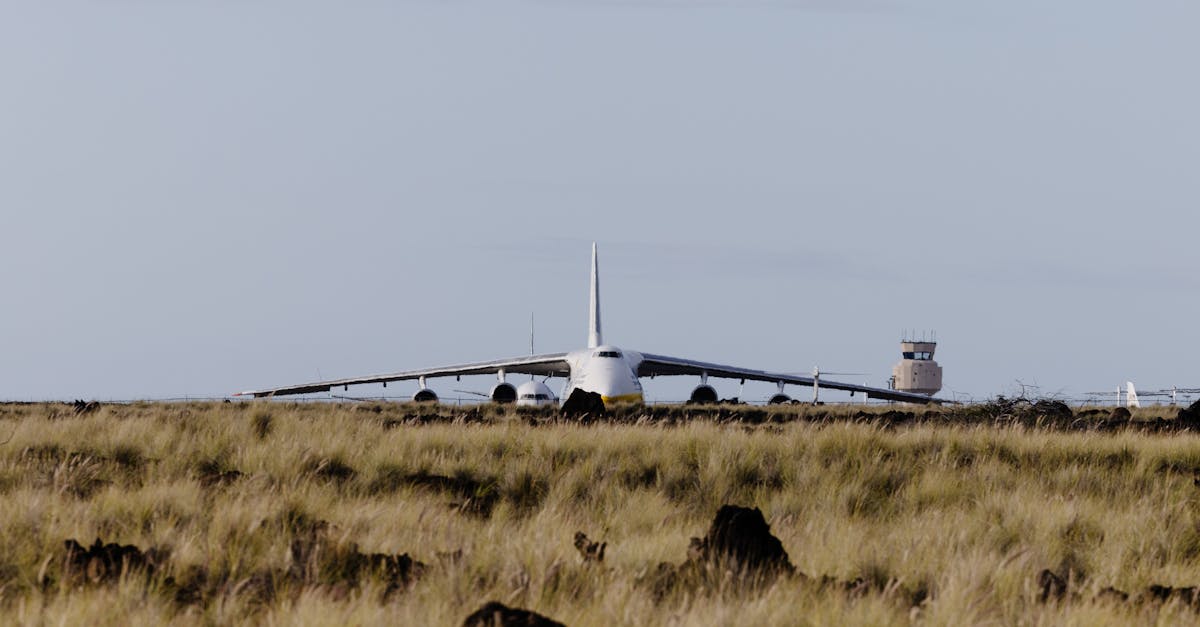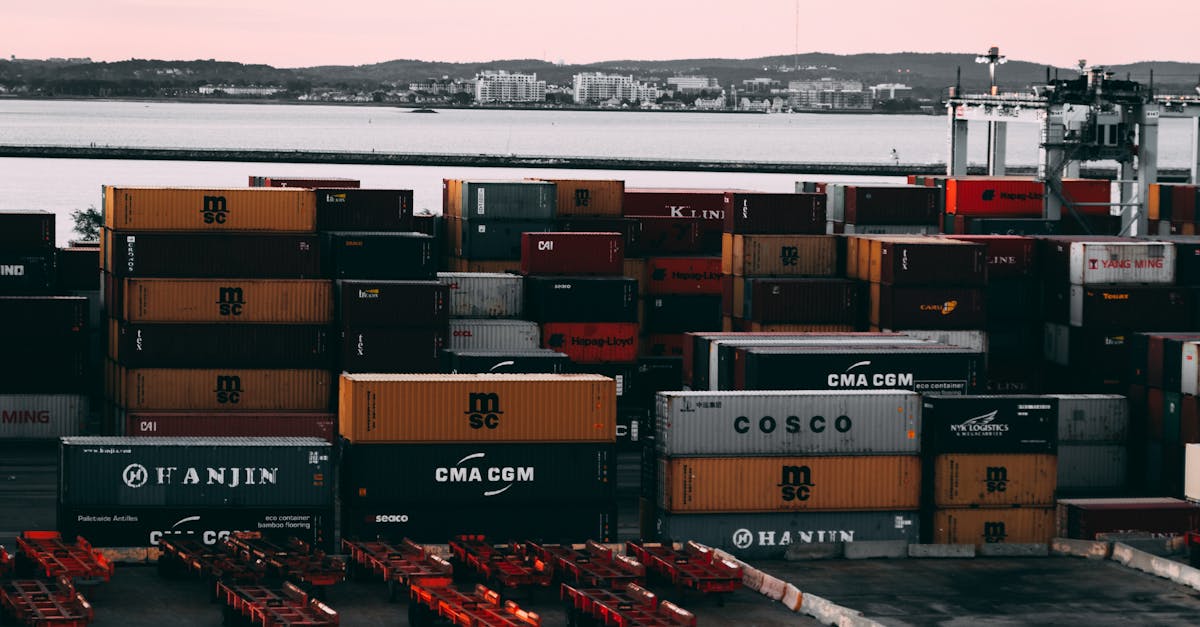Honolulu's Skyline, the first fully autonomous metro system in the United States, is expanding its reach and aiming to improve transportation for both residents and businesses. As KHON2's Unscripted reported, Deputy Director Jon Nouchi highlighted the high satisfaction levels among current Skyline riders, emphasizing its reliability and convenience.
The initial phase of the Skyline service runs from East Kapolei to Aloha Stadium. With Phase 2's scheduled opening on October 1st, the rail line will extend approximately five miles, adding four stops: Pearl Harbor, the airport, Lagoon Drive, and the Kalihi Transit Center on Middle Street. According to Nouchi, this expansion is designed to connect residential areas with job centers, providing access to numerous employment opportunities. “We’re connecting what was mostly residential to mostly jobs right now, we are very excited for that,” added Nouchi in the KHON2 interview. This is a stark contrast to an earlier HawaiiFreePress.com report, noting that the audit found ridership had fallen short of expectations in the initial phase, which had some concerned about the low ridership.
Executives from the Honolulu Authority for Rapid Transportation (HART) have also shared updates on the project. Hawaii News Now reported that rigorous testing ensured the infrastructure's safety, with trial operations slated for early July. The expansion promises to reduce traffic with some estimating the equivalent of eight new freeway lanes, reducing around 40,000 car trips, as Rail Technology Magazine reported. This has significant implications for local businesses, potentially easing commutes for employees and improving access for customers.
With the expansion of the Skyline, the city aims to boost economic activity and enhance the overall quality of life for Honolulu residents. For businesses, especially those located near the new transit stops, this could translate to increased foot traffic and improved access to a broader talent pool.



